How to Rewild Your Balcony into an Oasis for Native Wildlife—and for You
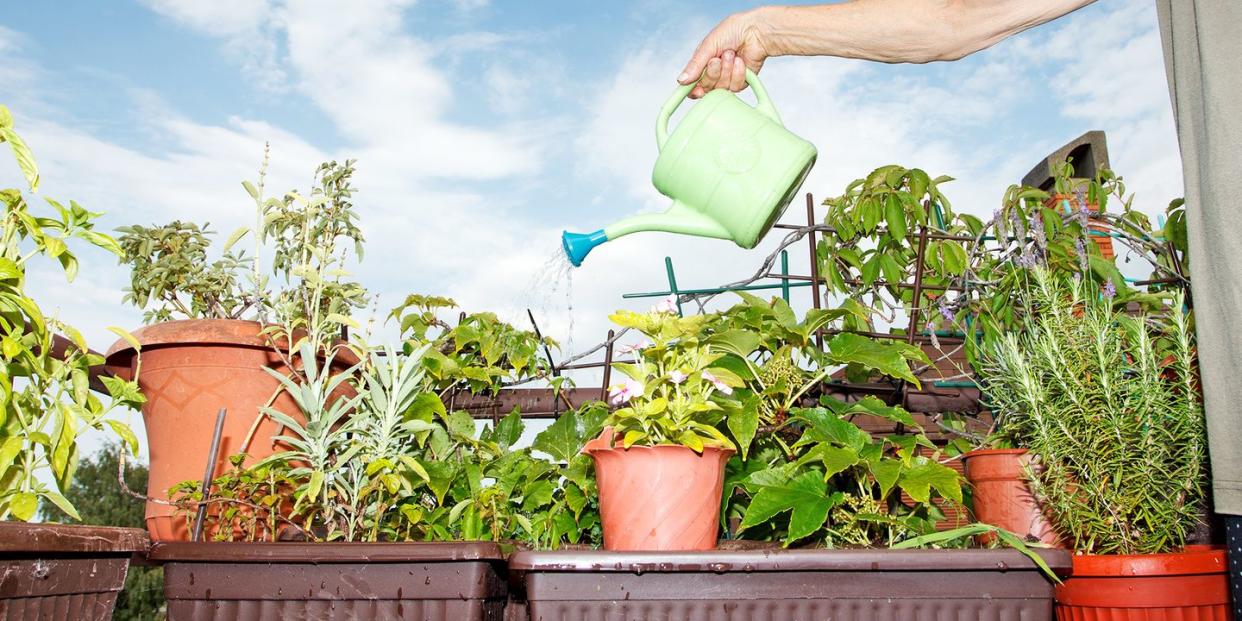
In 2018, I began to rewild our yard to help wildlife and create better habitat—something anyone can do at any scale, large or small. It doesn’t have to start like my journey did, with the local rabbit looking on in surprise as I wrestled like some fool with thousands of strangling air potato vines, often down on my hands and knees for hours digging out the tubers. I’m sure most of the animals watching from the bushes wondered just what this weird human was up to and how would it affect them.
But they needn’t have worried, because I was doing it for them. That included 30-year-old box turtles down by the dry creek bed, migratory birds passing through, and, yes, even the bumbling armadillo that loves to dig up grubs. As far as I could tell, neglect and indifference had doomed the ravine behind the house to a slow decline, and I had the power to reverse that trend.
Rewilding has huge momentum right now. The idea, as most artfully expressed by entomologist Doug Tallamy, is that even in suburban and urban areas, we can make a huge difference in helping the environment by planting native plants and trees. “Native” refers to “pre-settler” and acknowledges the legacy of Indigenous land management for the good of the environment and human beings. Native plants have evolved over thousands of years to be the best hosts for the largest number of birds, butterflies, bees, and other organisms. Audubon suggests that yards be comprised of at least 70 percent native plants, bushes, and trees, or, for example, chickadees can’t find enough caterpillar food for their young.
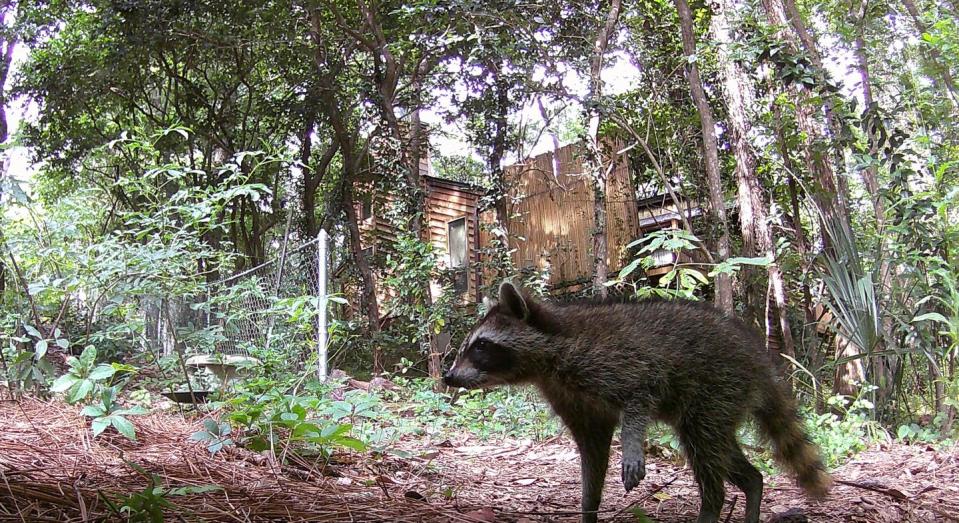
But what if all you have is a balcony? The situation facing many city-dwellers is limited space and, given the pace and stress of urban life, little time to devote to nurturing plants in the first place. Also, take it from me: It’s ill-advised to plant a huge oak tree in the middle of your living room. I mean, you can try, but when the roots start tickling the neighbor’s head in the apartment below you, it may be time to move in the middle of the night with no forwarding address.
Here in the ravine, I often focus on different micro-habitats—the other day, I turned over a rock only to find a tiny world occupied by a ring-necked snake, a dung beetle, and a millipede. Which is to say, the scale of your ability to help out may be smaller, but given that cities are often uncertain places for birds and insects seeking food and water, even a tiny oasis can make a huge difference. Imagine, for example, a hummingbird on a migration of thousands of miles. What if your pot of flowers was the nectar that allowed that bird to continue on? The fact is, birds and other organisms not only live in cities, but they have to pass through them on their way to wilder places.
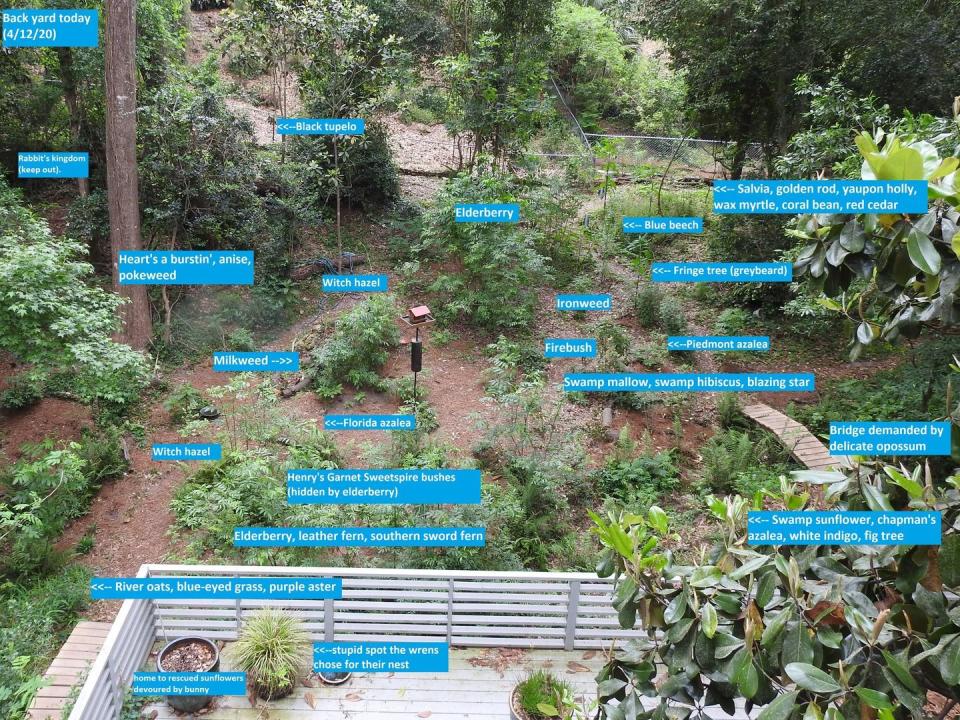
Also, you probably won’t encounter some of the difficulties I face in the ravine. Like, the first few months of gardening, when I’d dig into the earth only to have it scream at me. Or, that’s what it sounded like; turned out the former owner’s dog had hidden squeaky toys all over the yard. Someday, I won’t flinch when preparing a hole for an understory tree. Nor do you have to worry about Raccoon Mother (our local matriarch) delicately excavating each new wildflower the first two times I plant it.
So, really, a balcony setting seems a bit idyllic to me, for rewilding. If you want to be part of this particular green revolution, it’s not so hard. Just keep these eight tips in mind to maximize your help without also maximizing your difficulty or stress. We’ll stick mostly to wildflowers for the obvious reasons: They’re high-value to pollinators, beautiful, and the best of them are hardy and low-maintenance.
Just keep in mind: Insects are your friends, so if you suddenly see an insect living on your plant, it might be a harmless milkweed beetle or some other friend just trying to get by. For this reason, please don’t use anything, even vinegar or neem oil—not as harmless as some gardeners believe—to get rid of visitors. (You are allowed to use vinegar on a neighbor who knocks on your door at 3:00 in the morning, however.)

Join Esquire Select
1. Become familiar with the wildflowers native to your area.
No matter where you plant, a little knowledge goes a long way. The great thing about native plants is that they require less maintenance because they’ve evolved to local conditions. Even better, since you’re going to choose plants for pots, you may be able to select more widely than I can, stuck with mostly rich loam or clay. You can choose plants based on how robust they are for pollinators and hummingbirds, then just fill the pot with the right kind of soil. Still, your space for plants has its own micro-climate: more or less sun, and other aspects specific to your location. You might love a coneflower for your garden, but a sun-loving coneflower will be unhappy if you can’t find a sunlit space for it. So, as I’ve learned in the yard from planting St. John’s Wort in partial shade, don’t force the issue.
2. Decide the scope of your ambition.
You may have a space that you can fill with dozens of pots, but just like me with yard work, you will need to scale your approach to what makes sense time-wise. Because I work from home to no set schedule, I can find two hours a day in the yard, sometimes more. During the summer, when I’m still combatting invasive plants, most of that time is devoted to weeding, so I don’t plant new things then. Know not just your capacity, but what it should be focused on in your garden during particular seasons.
That’s why it’s perfectly fine to start with just a couple of plants, to test the waters, as there’s nothing worse, for me, than needing to devote time to new understory trees only to realize the birds are angry because I’ve not scheduled an hour to clean out the birdbaths.
Further, do you know where you’ll keep the plants if you have to bring them inside? While native plants are adapted to the temperatures and weather in your planting zone, unusual weather events may require protecting them. Also, if you deliberately choose plants that, for example, butterflies lay eggs on, you may need to bring them inside just to be a responsible caterpillar parent. Plants inside will still have the same light requirements.
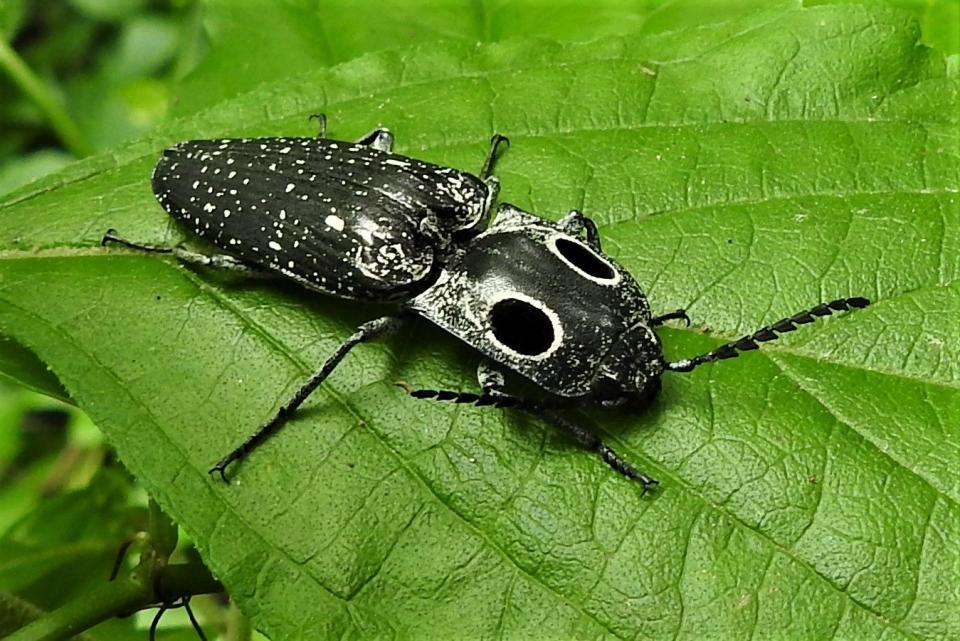
3. Buy your wildflowers or seeds from the right sources.
For two reasons, it’s best to buy local seed stock online or plants from native nurseries. First, most big box stores cannot guarantee that their plants aren’t cultivars (hybrids that aren’t as wildlife-friendly), or that their plants haven’t been treated with embedded pesticides (which can have residual effects for years). I was surprised to learn, too, that the purple coneflower seeds I might buy from a seller in Oklahoma would have subtle differences from Florida-grown seed that would affect its suitability here. Worse, I once bought a native seed blend from an online retailer, only to find what sprouted in the spring included aggressive four o’clocks. While it may not take you the two years it took me to get non-natives under control, it’s still best to be careful.
4. Be extra aware of how close planting can affect native plants.
While most wildflowers will do just fine in slightly cramped quarters, pollinator favorites like red salvia can be prone to a white mold or other conditions if clumped together. The most prudent course if you want to plant something susceptible is to closely monitor and prune out stems that look diseased. And make sure that plants needing moisture get it, but don’t live in swampy conditions. Research some of the newer pots that include the best possible drainage, and you’ll save yourself some grief.
5. Avoid actively harmful plants.
While it might seem like common sense to avoid harmful plants, it’s not as easy as you might think. For example, many nurseries recommend butterfly bush. While butterfly bush provides good nectar for butterflies, it also confuses them so they lay their eggs on the plant. However, since butterfly bush is non-native and not adapted to the United States, the hatched caterpillars cannot eat its leaves, and they starve to death. Plants like this might seem like great value for a balcony, but in fact, they shouldn’t even be sold in the U.S. Another concern is that your potted plant may break containment and wind up in green spaces in your neighborhood. A few wildflowers is no big deal, but bringing something home that is invasive or would be harmful if it got loose is another matter.
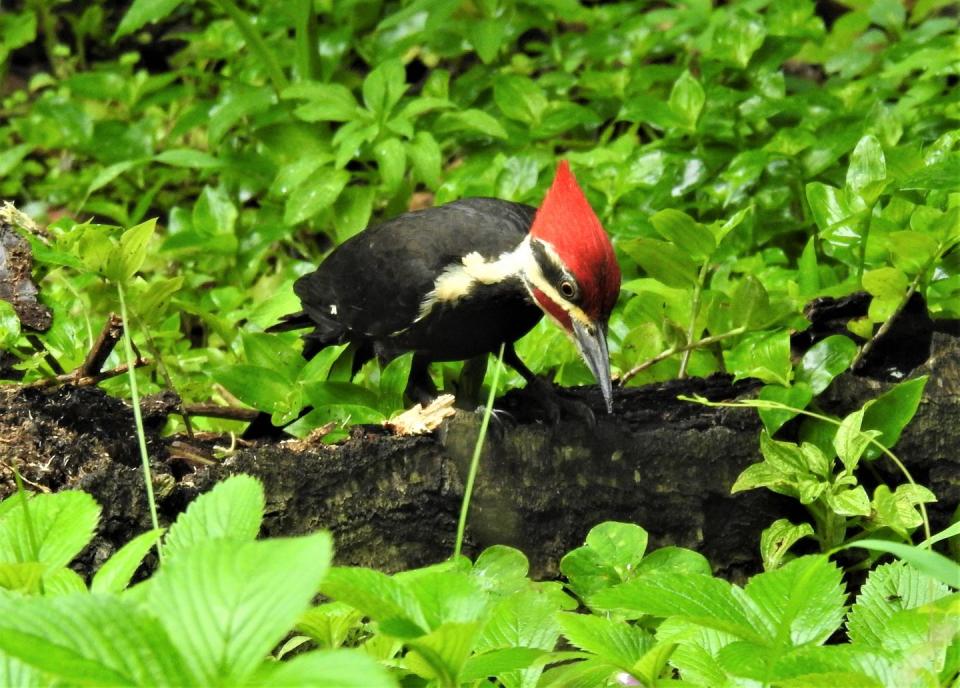
6. Mix in some useful non-native flowers to round out your selection.
While butterfly bush is a no-no, you can find some hardy non-natives to round out your selection. Sometimes this is useful because a non-native may bloom at a time, like early winter, when the native plants have gone dormant. I’ve often seen hummingbirds and butterflies drinking nectar from purple salvia or African mint, even though neither is native to Florida. Because neither plant is a host for butterfly eggs, it doesn’t become a trap like butterfly bush. In a pinch, even though lower value to bees and butterflies, peonies are also worth considering. Mostly, though, be safe by buying only non-native plants from a native nursery. That might sound contradictory, but native plant nurseries will only sell beneficial non-natives.
7. Consider scale and the effect of pruning on plant health.
You may be tempted to plant an actual bush on your balcony, even something that provides fruit for birds. Keeping in mind all the tips above, be sure that whatever you’re planting stays relatively small or will still do well if you prune it. For example, I love my swamp sunflower and Mexican sunflower in the backyard, and in theory both would be a great plant for all year on a balcony… but they can grow eight to ten feet tall and re-seed like wildfire.
But what are specific flowers you can plant in pots on a balcony? A passionvine local to your area, for example, is a lovely addition to a large balcony under the right conditions. I thought you might like examples of Florida natives that do well, too, so I asked local expert Gia Leigh, co-founder of Lovely Weeds Nursery, for five recommendations, including two that normally do not host insects and three that do.
Aquatic Milkweed (Asclepias perennis): Although a wetland plant, aquatic milkweed will do well in a terracotta pot with good potting soil, placed in a saucer of water so that the soil stays moist at all times. It prefers part sun to shade, and is a great host plant for monarch, queen, and soldier butterflies.
Corkystem passionvine (Passiflora suberosa): This vine can be kept in a pot with a trellis. Corkystem vines do not grow as long or as unruly as some others in the same family, and can be kept in check if needed. I grew this as a houseplant in a hanging planter for a while until it tried climbing up my ceiling! It will do well in a wide variety of lighting conditions. Pot it in decent, well-draining potting soil with average moisture. Larval host for gulf fritillary, Julia, and zebra longwing butterflies.
Lyreleaf Sage (Salvia lyrata): This wildflower can easily be kept in pots in part sun to part shade. It can handle a bit of drought, but thrives with average to moist soil. Butterflies, bees, and hummingbirds are attracted to this plant.
Stokes aster (Stokesia laevis): Stokes aster performs very well in part sun/part shade in average-to-moist soil. Butterflies and bumblebees love the nectar on the giant, showy, purple flowers. Give it a larger pot than you think it needs. It reproduces vegetatively and can form large clumps in a single season.
Fogfruit (Phyla nodiflora): This creeping groundcover looks wonderful in hanging baskets or in mixed planters where it can drape over the sides of the pot. It prefers a good potting mix, average soil moisture, and full sun to part shade. The tiny flowers attract all kinds of pollinators, and it’s a larval host for white peacock, phaon crescent, and common buckeye butterflies.
8. Think about the caterpillars.
Butterfly caterpillars shouldn’t require any extra effort if the pot is outside all the time. However, you should be aware that for milkweed in particular, a caterpillar may eat the entire plant (which is normal) and need more milkweed to eat before it pupates. This carries with it an added level of responsibility.
I’m personally not an expert on raising any kind of insect, since they’re all outdoors just doing their thing. But my friend and citizen naturalist Amy Campbell-Smith has had a lot of experience and success raising butterflies. "You would need to put the plant inside a butterfly cage or one of those pop-up mesh hampers, so when the caterpillars are ready to pupate, they have something to climb onto. Of course, this is dependent on the type of caterpillar—the black swallowtails need sticks to hang onto, for example," she says. "Ideally the floor of the hamper would need to be easily accessible for cleaning, like frass (insect poop removal)." She also recommends the advice over at Raising Butterflies.
No matter what you decide to take on, now is a good time to try to do your part, great or small. With so much habitat loss around the world, it’s unfortunately essential. Just imagine the effect of wildlife-friendly plants on a thousand more balconies or courtyard spaces—and then multiply that by a factor of ten or a hundred. It adds up, and it can make a difference. I surely know in our little ravine how much the birds appreciate it—by the way the morning chorus reaches such a happy crescendo that you can’t even hear the rush-hour traffic.
You Might Also Like

